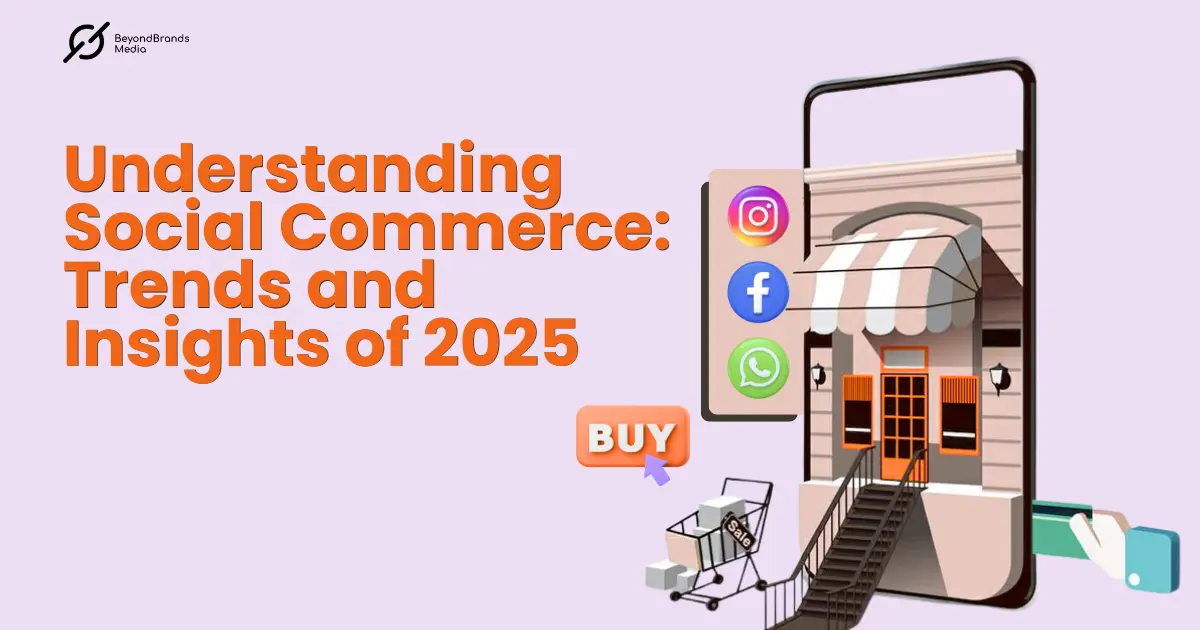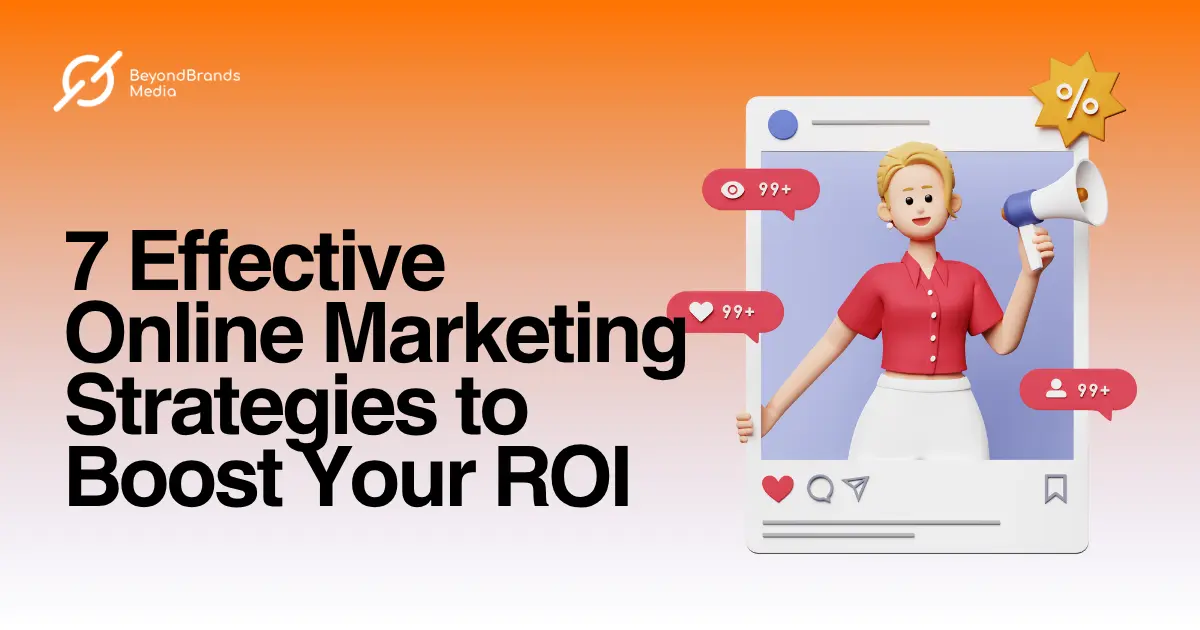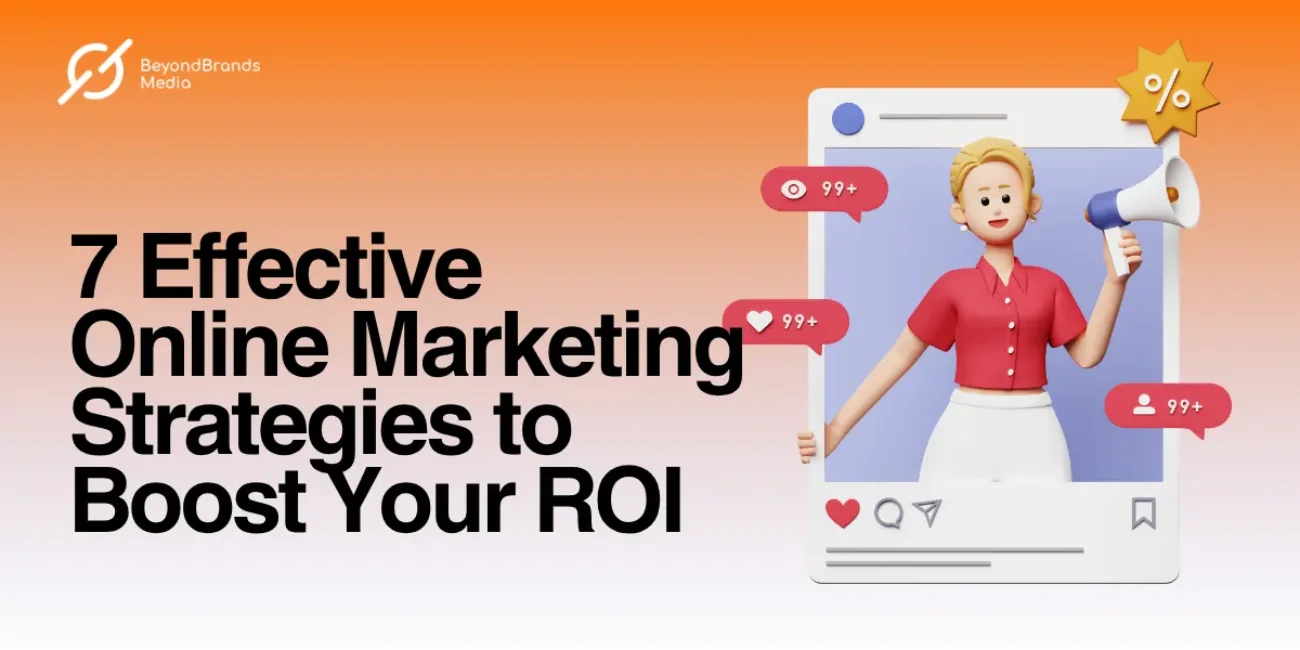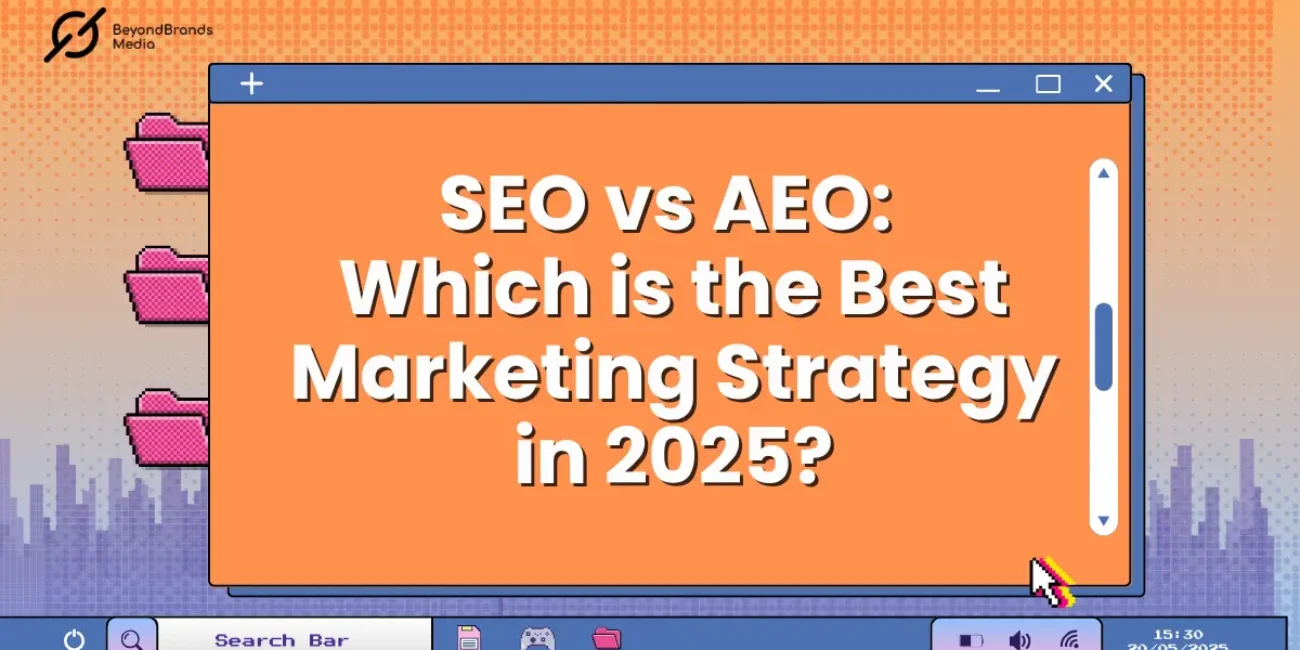Being an active social media user, do you still think these platforms are limited in creating online connections among individuals? If yes, then it’s time to broaden your perception as social media has now turned into social commerce and culminating into activities like browsing and purchasing. This isn’t just e-commerce with a social media button; it’s a fundamental shift in consumer behavior and a dynamic new frontier for brands.
2025 hails a new era of social commerce for the users out there. As per the latest statistical record, in India, the average spending time on social commerce platforms is around 2.5 to 3 hours, which indicates a thriving condition of these applications. However, there are several reasons that are conducive to the surge in such activities that including UPI integration, mobile-friendly design, and a deep-seated trust in the recommendations of friends and closest ones. Curious to know what the key trends of social commerce platforms in 2025 are? Here in this blog of Beyondbrands Media, we will shed light on the valuable insights and trends regarding social apps.
Key Trends Shaping Social Commerce in 2025
2025 has witnessed the dominance of millennials and Gen Zs, and the trend of social shopping is going on at a rapid pace. For instance, while scrolling Meta or Instagram, the vlogs of the famous influencers or the promotional posts mostly appeal to the young generation, and they encourage them to give those products a try for the best results. Let’s have a look at the pointers below to get a clear glimpse of the key trends that are shaping social e-commerce.
- The Preponderance of Shoppable Content:
2025 has bid adieu to the separate website searching when platforms like Instagram and Meta are becoming the gateway to the direct shopping app. From the shoppable reels to product tags, these are ideated in such a way that increases the likelihood of conversion into sales. Nowadays, the customers crave the instant gratification of their demands, and these reels are fulfilling this need of the young generation shoppers. Social media for e-commerce in this way is leading towards a brighter future.
- Live Shopping is Getting Mainstream:
In the Chinese market of China, live shopping is flourishing, and global consumers are gradually inclining towards this trend. Brands and influencers host real-time video events, showcasing products, answering questions, and offering limited-time deals.
- AR is Enhancing the Shopping Experience:
If you follow the digital marketing trends of this year, you will likely come across how augmented reality, or AR, is shaping the arena of shopping and bringing the products to life. Just imagine you are visiting a store and there you have no need to stand in a queue for a trial, but you can just go for a virtual “try on” to check whether the item suits you or not, and accordingly, can explore other available options. Isn’t it great? AR removes a major barrier in online shopping – the uncertainty of how a product will look in real life. This kind of immersive experience boosts the confidence of your targeted customer base and will make their shopping journey more fun and interactive at the same time. This year, the commercial activities are turning into social selling.
- Influencer and Creator Commerce:
Gone are those days when influencers were limited to just endorsing the branded items, as they are playing the role of direct sales channels. There are multiple platforms where social influencers have the freedom to integrate a storefront, and they can even earn commission from there. When it comes to authentic and trust-based conversion, the micro and nano influencers are always ahead.
- User-Generated Content:
From Meta to Instagram, now you will find authentic reviews everywhere, and the high visibility decreases the chances of falsification. This way, real videos, testimonials, or reviews are highly influential in the purchasing decision of the customers. For better ROI, nowadays, the brands are including UGC in their monthly social media content calendar.
- Conversational Commerce:
Purchasing is no longer just picking a product and paying for it, as modern consumers are more prone to a clear conversation before investment. In India, WhatsApp Business is gaining popularity and offering features like product catalogue, direct purchase, and others. Conversational commerce offers a personalized, convenient, and often intimate shopping experience, mimicking real-world interactions.
Future of Social Commerce
After evaluation of the trends and insights, you can clearly assume that social commerce in India and outside is going to thrive in the upcoming years and will become the only reality. It also marks a fundamental shift from offline buying to online direct buying. It’s about building immersive, engaging, and highly personalized shopping experiences within the communities where people already connect. Brands that understand and embrace this evolution will not only thrive but will redefine the very essence of online retail in the years to come.
Case Study
- Meesho:
The rise of Meesho in India is a great example of the wonder of social commerce that began its journey as Vidit Aatrey and Sanjeev Barnwal. It integrated its social commerce model with e-commerce to empower the local microentrepreneurs and even helped the homemakers, freshers, and others to act as resellers and to earn money. Besides that, Meesho has introduced features like a zero-commission model, tech integration, direct sales, and others to make a prominent position in the Indian commercial scenario.
Social Commerce FAQs
Q1. What is an example of social e-commerce?
Social commerce is all about selling products by integrating with social media platforms like Meta, Instagram, and so on. Korean beauty brand JOAH Beauty is an excellent example of social e-commerce that uses TikTok to leverage both organic and paid content.
Q2. What is the difference between social commerce and e-commerce?
Both of these terms represent two distinct approaches to online selling.
- Ecommerce
It broad practice of buying and selling goods and services over the internet and focuses on product listing, descriptions, and others.
- Social Commerce
It stands for direct selling of the products through social media channels and facilitates the overall process from discovery to purchase, without the user ever leaving the social app.
Q3. Which social media platforms work best for social commerce, and why?
For social commerce, Meta and Instagram work the best. The reason behind it, there are several features like the hopping section, product tagging, check out and others. Besides, the huge number of users is helping the brands to reach their targeted demographic.
Q4. What are four examples of e-commerce?
The shift from brick-and-mortar set-up to e-commerce is a significant occurrence in the world of trade. Here are four examples of e-commerce channels.
- Amazon
- eBay
- Walmart
- Alibaba
Bottom Line:
Social commerce, as an excellent blend of social media and e-commerce, is compelling users to connect with buyers for significant outputs. To stand out in a crowded marketplace, in 2025, user-generated content and the incorporation of other strategies are must-have actions. To know more about how to advertise on social media or for other details about social commerce, visit the website of Beyondbrands Media today.














